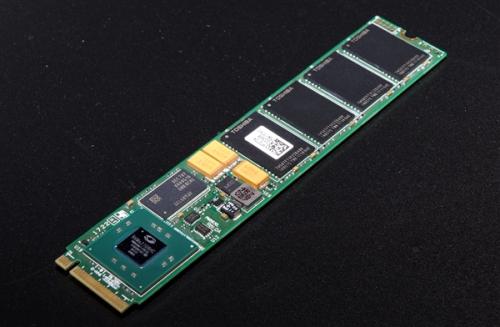Comprehensive understanding of SSD and NAND Flash (3)
6. Power failure protection mechanism.
In order to improve the reading and writing performance, SDRAM is usually used as a buffer. If there is an abnormal power failure in the process of reading and writing, the data in SDRAM may not be written into NAND Flash, resulting in data loss, or the updated mapping table may not be written into NAND Flash, resulting in the loss of mapping table.
SDRAM on board in central control system is a volatile memory. Data will be lost after power failure. At this time, data in SDRAM mainly includes user data and mapping table.
If there is no power failure protection mechanism, when powering on again, NAND Flash first goes to find the mapping table of the last update, however, the information is not the latest. The data information is from mapping table produced by the last update in NAND Flash, so most of the data is lost.
As a result, tantalum capacitor or super-capacitor will be added to SSD board. When an illegal power cut is detected, the data operation will be stopped first, and the tantalum capacitor or super-capacitor will start discharging to ensure the data in SDRAM can be written into NAND Flash.
Using tantalum capacitors or super-capacitors depends on the amount of data to be protected. The larger capacity of capacitors doesn’t mean the better choice. As long as the capacitors start to discharge, it is necessary to wait for its discharge before other operations can be carried out. If the capacitor capacity is too large, the user just orders a computer reboot, and at this time the capacitor of SSD will start discharging. When discharging is not completed, the computer has been back on power so that the disc cannot be recognized. Therefore, you should select the capacitance appropriately.
Based on the content of SDRAM, power failure protection mechanism can be divided into three main types:
(1) Save all data in SDRAM
The operation before power-off is interrupted, and after power-on again, it can immediately enter the standby state.
(2) Save only user data in SDRAM
After power-on again, the mapping tables saved in the last NAND Flash need to be extracted into SDRAM first, and then user data should be extracted. After both of them are updated by the mapping information, they can be put on standby.
(3) Save only the mapping tables in SDRAM
After power-on again, the mapping tables saved in the last NAND Flash need to be extracted into SDRAM. However, data that users were operating before power failure is lost and cannot be updated.
7. Evaluation criteria of SSD

(1) Stability: Whether SSD is stable or not depends on the choice of garbage collection mechanism, the most important factor. Appropriate garbage collection provides stable reading and writing speed. For example, positive garbage collection mechanism will collect garbage in idle time, so reading and writing speed will not fluctuate due to the delay.
(2) Performance: The size of over provisioning mainly determines the performance of SSD. Larger OP contributes to collecting garbage rapidly and reducing corresponding write amplification, resulting in better reading and writing performance.
(3) Life: If P/E values of all blocks tend to equilibrium, the life of SSD will be prolonged.
Related Articles:
Write amplification is a critical parameter of SSD
Comprehensive understanding of SSD and NAND Flash (1)
Comprehensive understanding of SSD and NAND Flash (2)
